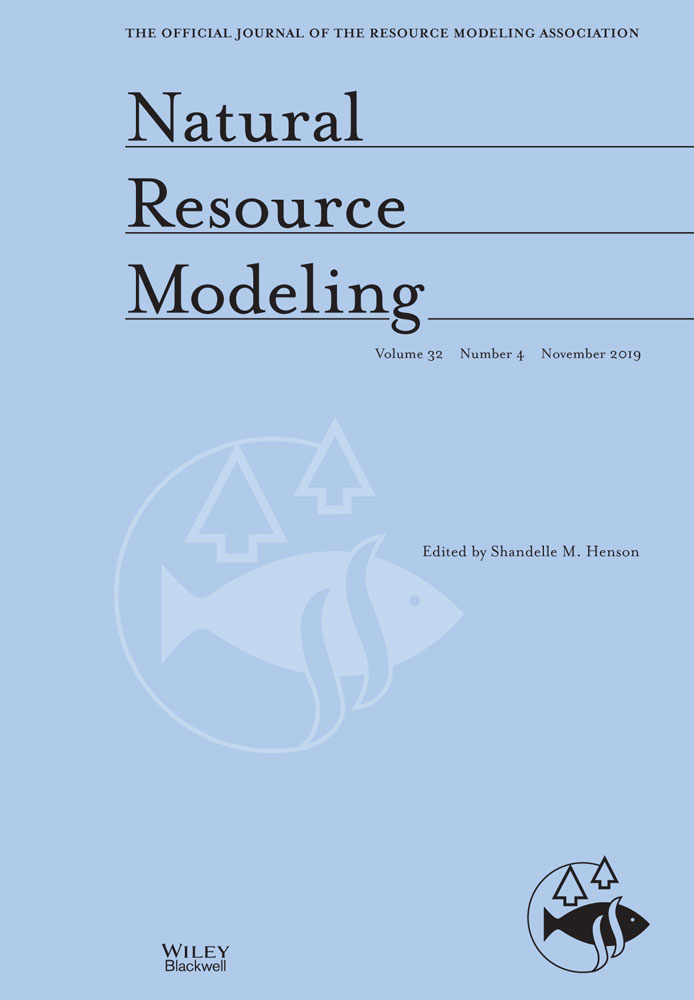Optimal threshold density in a stochastic resource management model with pulse intervention
Abstract
Human activities and agricultural practices are having huge impacts on the development of fishery and land resources through different ways. To model such systems that involve harvesting, an impulsive model of natural resources with a stochastic noise perturbation element is formulated to study the relationship between (a) the maximal expectation of biomass after harvesting or fishing events and (b) the minimal expectation of pest biomass and the number of times pesticide is applied. Using a detailed analytical treatment, time estimation, and numerical demonstrations, we establish that the proposed mechanism is capable of maximizing fish populations at the end of a fishing season and minimizing pest numbers after a crop harvesting season once the intensity of the noise is relatively small. Investigations of the effects of different parameters reveal that theoretical predictions from the new stochastic model accord with those from the deterministic case.
Recommendations for Resource Managers
-
Various measures can be implemented to manage natural resources, such as adjusting fishing quantity and intensity to maximize fish population.
-
In the natural environment, population growth is inevitably affected by the environment noise. So it is important to understand the noise effect to maintain sustainability of resources.
-
Investigated methods are useful to converse resources and can be widely applied to control pests.




